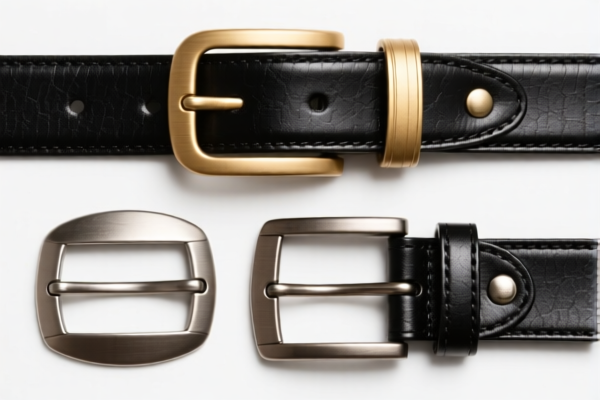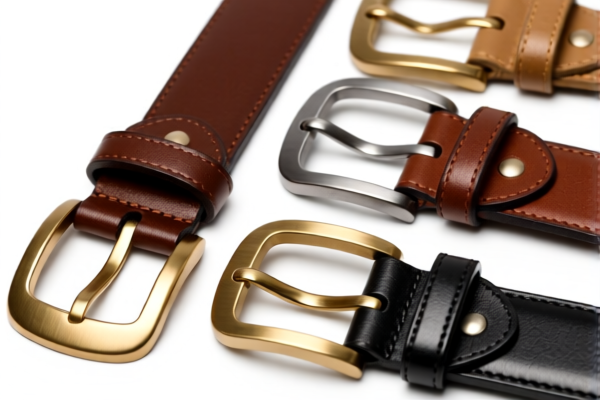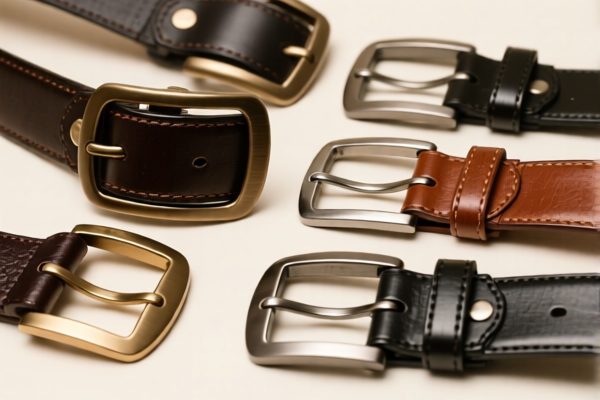| HS Code | Official Doc | Tariff Rate | Origin | Destination | Effective Date |
|---|---|---|---|---|---|
| 9606216000 | Doc | 59.7% | CN | US | 2025-05-12 |
| 9606220000 | Doc | 55.0% | CN | US | 2025-05-12 |
| 8443399000 | Doc | 37.5% | CN | US | 2025-05-12 |
| 8443995050 | Doc | 37.5% | CN | US | 2025-05-12 |
| 8535904000 | Doc | 57.7% | CN | US | 2025-05-12 |
| 8535908020 | Doc | 57.7% | CN | US | 2025-05-12 |
| 8531809051 | Doc | 37.5% | CN | US | 2025-05-12 |
| 8531809041 | Doc | 37.5% | CN | US | 2025-05-12 |
| 3926100000 | Doc | 35.3% | CN | US | 2025-05-12 |
| 3926909989 | Doc | 42.8% | CN | US | 2025-05-12 |
| 4823901000 | Doc | 55.0% | CN | US | 2025-05-12 |
| 4823902000 | Doc | 55.0% | CN | US | 2025-05-12 |




Button
A button is a push-activated switch commonly used in electronic devices and interfaces. It serves as an input mechanism, triggering a function when depressed and released.
Material
Buttons are constructed from a variety of materials, chosen based on durability, aesthetics, and application:
- Plastic: Most common material due to low cost, versatility, and ease of molding. Polycarbonate, ABS, and nylon are frequently used.
- Metal: Often used for high-durability applications, aesthetic appeal, or specific tactile feedback requirements. Stainless steel, aluminum, and brass are common choices.
- Rubber/Silicone: Used for flexible buttons, often in waterproof or ruggedized applications.
- Glass/Ceramic: Primarily used for capacitive touch buttons in modern devices, offering a premium feel and appearance.
Purpose
The primary purpose of a button is to provide a user interface element for initiating actions. These actions can range from simple on/off control to complex command execution.
Function
Buttons operate through a variety of mechanisms:
- Mechanical: Physical contact between conductive parts when pressed, completing a circuit. These are typically tactile and provide audible feedback.
- Capacitive: Detect changes in capacitance when a finger touches the surface, triggering an action. These require no physical travel and are common in touchscreens.
- Optical: Detect light blockage when pressed, activating a sensor.
- Membrane: Utilize pressure to connect conductive layers, common in remote controls and simple interfaces.
Usage Scenarios
Buttons are ubiquitous across a wide range of applications:
- Electronics: Power buttons, volume controls, menu navigation on televisions, computers, smartphones, and other devices.
- Automotive: Window controls, hazard lights, infotainment systems.
- Industrial Controls: Emergency stops, machine operation, process control.
- Remote Controls: Function selection, volume adjustment.
- Gaming Controllers: Input commands, menu navigation.
- Appliances: Start/stop, mode selection.
Common Types
- Push Button: Momentary contact; activates only while pressed.
- Toggle Button: Maintains state (on/off) until pressed again.
- Illuminated Button: Includes an LED to indicate state or function.
- Tactile Button: Provides physical feedback when pressed.
- Capacitive Touch Button: Requires no physical travel; activated by touch.
- Rocker Button: A pivoting switch with multiple states.
- Rotary Button: A rotating switch, often used for volume or menu selection.
- Button Matrix: An arrangement of buttons sharing common connections to reduce wiring complexity.
Buttons, press-fasteners, snap-fasteners and press-studs, button molds and other parts of these articles; button blanks are classified under the following HS codes:
- 9606216000: This HS code falls under Chapter 96 (Miscellaneous manufactured articles). Specifically, it covers buttons made of plastics, not covered with textile material, categorized as 'Other'. The base tariff is 4.7%, with an additional tariff of 25.0%. After April 2, 2025, the additional tariff increases to 30.0%, resulting in a total tariff of 59.7%.
- 9606220000: Also within Chapter 96, this code covers buttons made of base metal, not covered with textile material. The base tariff is 0.0%, with an additional tariff of 25.0%. After April 2, 2025, the additional tariff increases to 30.0%, resulting in a total tariff of 55.0%.
Regarding these HS codes, it is important to accurately identify the material composition of the buttons (plastic vs. base metal) to ensure correct classification.
Customer Reviews
No reviews yet.